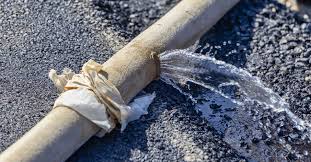Shower leaks are a common household problem that can lead to significant water damage if not addressed promptly. Whether it’s a dripping faucet or a more serious issue like a leaking shower pan, ignoring the problem can result in mold growth, structural damage, and higher water bills. In this article, we’ll explore the causes of shower leaks, how to identify them, and step-by-step solutions to fix them.One of the most common signs of a shower leak is water pooling outside the shower area. This could indicate a problem with the shower door seal, faulty grout, or a cracked tile. Other signs include peeling paint or wallpaper near the shower, musty odors, or unexplained increases in your water bill.
- Check the showerhead: Over time, mineral deposits can cause the showerhead to leak. Remove the showerhead and clean it with vinegar to dissolve any buildup.
- Inspect the faucet: A worn-out washer or O-ring is often the culprit behind a leaking faucet. Replacing these components is usually a straightforward fix.
- Examine the shower pan: If water is leaking from the bottom of the shower, the shower pan or drain assembly might be damaged. This may require professional repair or replacement.
Preventing shower leaks starts with regular maintenance. Here are some tips to keep your shower in good condition:
- Recaulk around the shower edges every few years to maintain a watertight seal.
- Clean the shower drain regularly to prevent clogs that can lead to backups and leaks.
- Use a shower curtain or door that fits properly to contain water within the shower area.
If you’re unsure about the source of the leak or how to fix it, don’t hesitate to call a professional plumber. Addressing shower leaks early can save you time, money, and the hassle of dealing with extensive water damage down the line.

